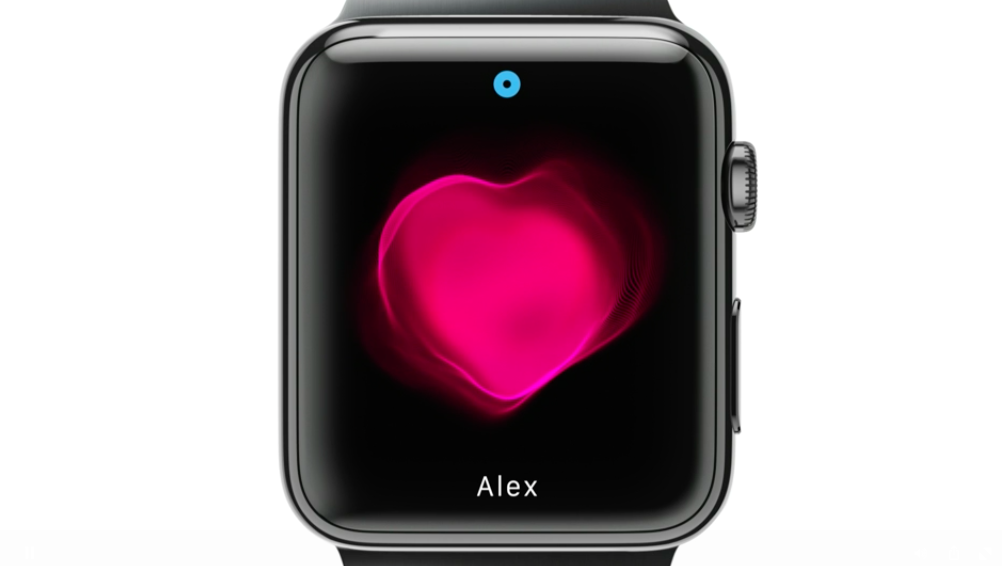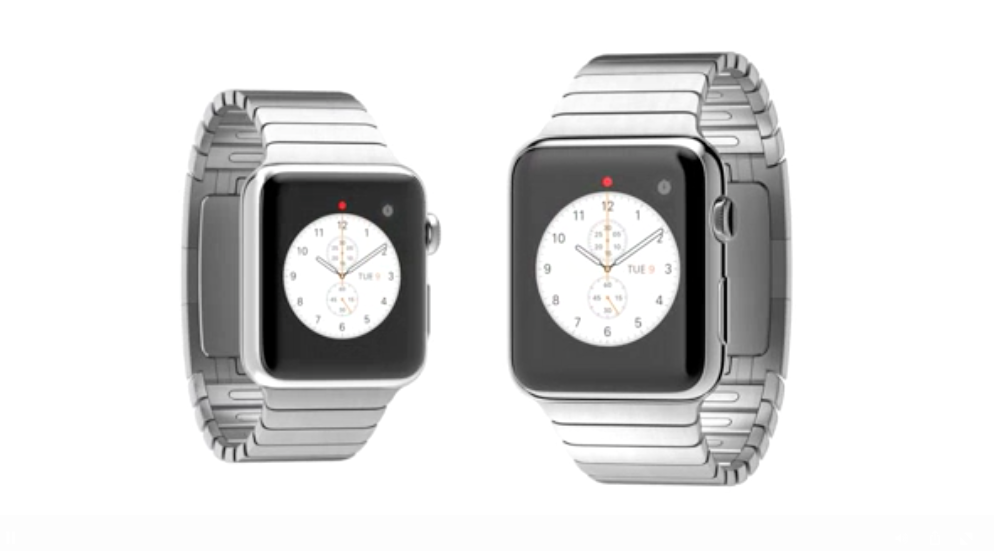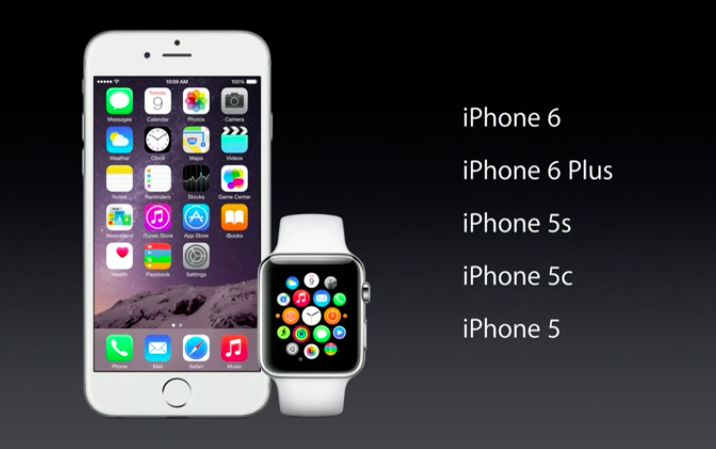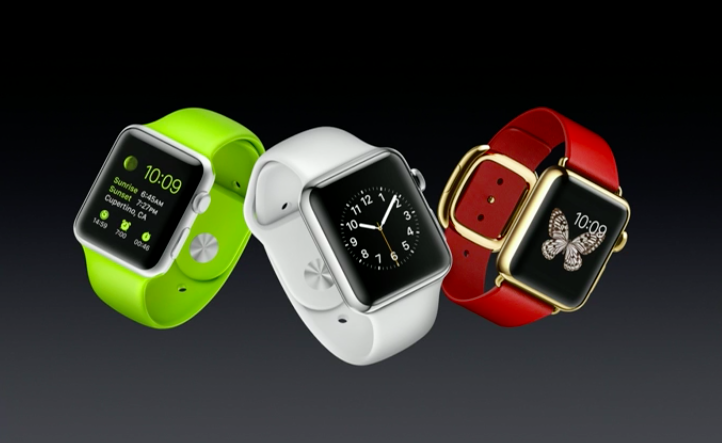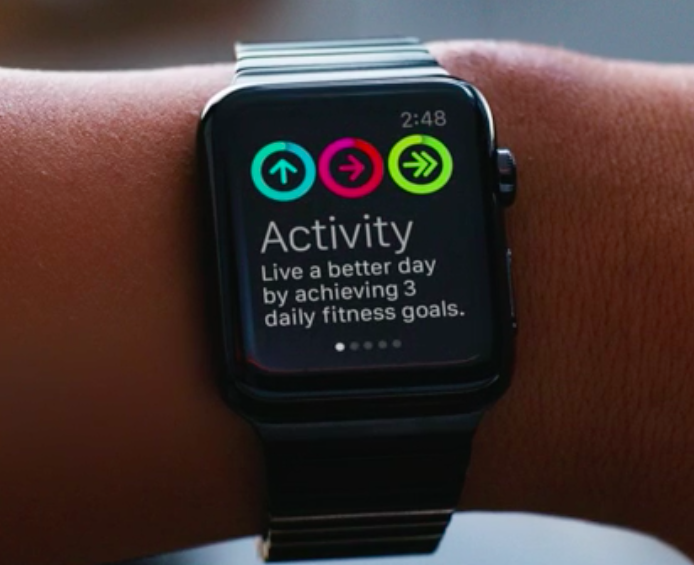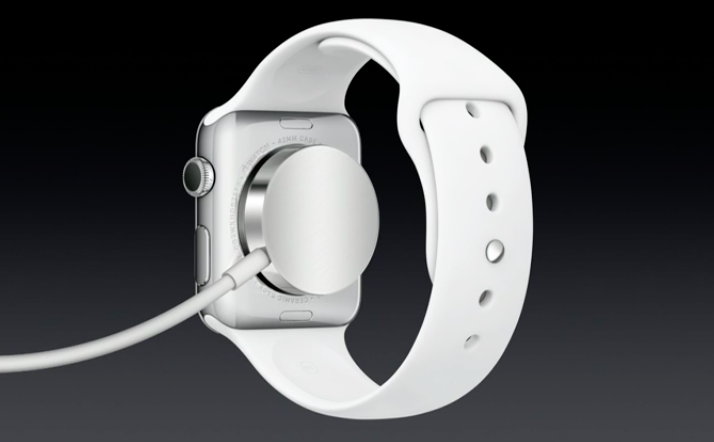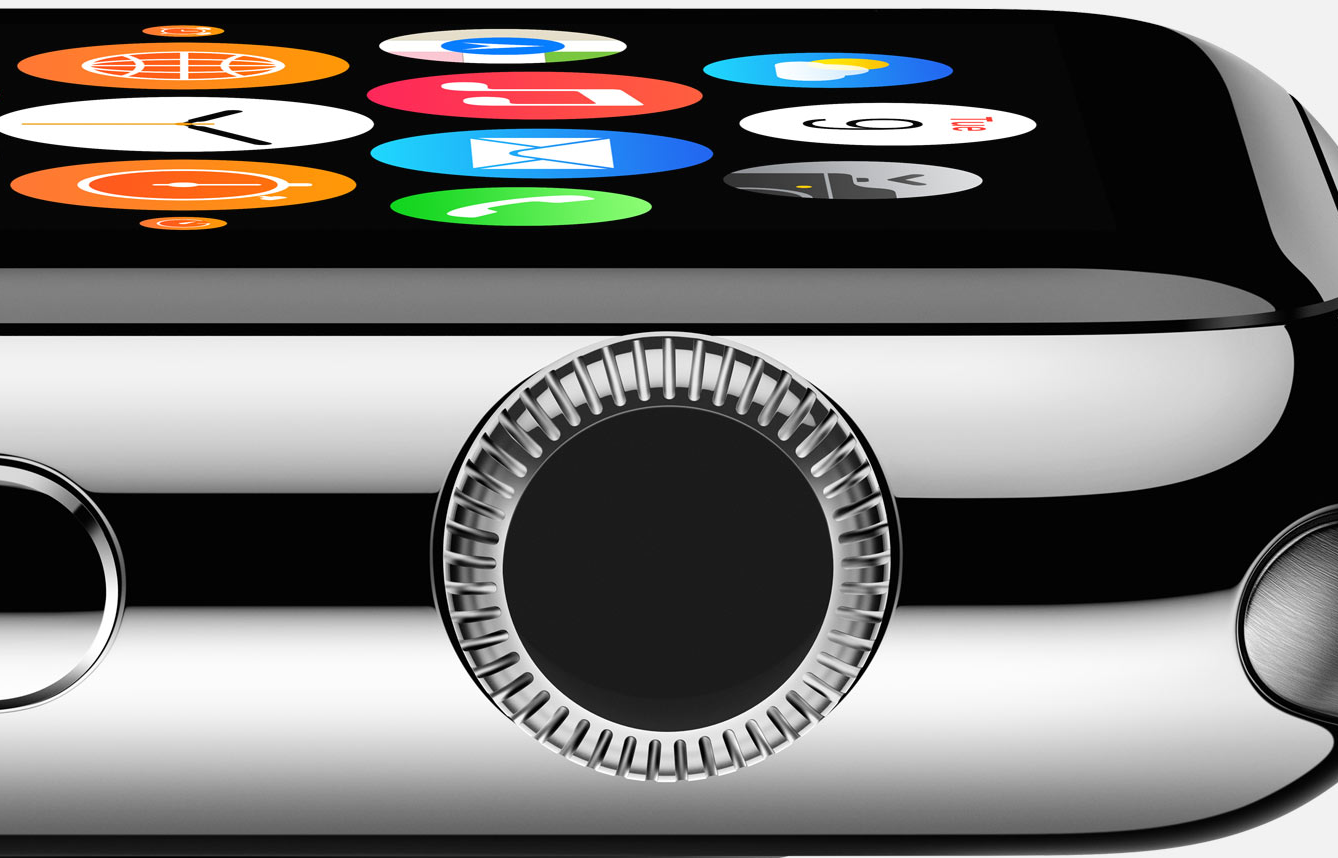
Welcome to Tête-à-Tête, a series where two of our writers converse on interesting topics in the mobile landscape — through chat. Think of it as a podcast for readers.
This week, Daniel Bader and Tom Emrich talk about the benefits and drawbacks of having a computer on your wrist.
Daniel Bader: Tom, you’re the most connected person I know, and coming from me that says a lot. I don’t think I’ve ever seen you without at least four pieces of wearable technology on your person.
So with the biggest technology company in the world launching its first wearable product this week, I had to get you in on our Tête-à-Tête. It also helps that you’re extremely fashionable, and weave various wearable technology into your futuristic look.
It’s telling that Tim Cook didn’t use the term ‘smartwatch’ during the keynote address, nor does any Apple marketing refer to it that way. It’s a timepiece, a reflection of one’s style — and it happens to connect to an iPhone to convey a variety of notifications and issue a series of messages. We don’t know the specs, nor how long it will last on a battery charge, but I need to know nonetheless: what are your first impressions of the Apple Watch?
Tom Emrich: Daniel, it’s a good thing you weren’t sitting with me in my living room watching the live stream because you would have seen me jumping up and down when Tim Cook said “One More Thing.” My first reaction was one of elation. Apple has been known to be a category creator: they did it with the smartphone and with the tablet. So the fact that they announced a wearable this year means big things for the wearable tech industry as a whole.
But I assume that you are really asking me about the Watch from a product level. And I have to say that Apple nailed it on some points and then left me wanting for more on others. From a fashion standpoint, Apple hit a homerun on its choice of materials. And the fact that they are offering three collections and two sizes and a plethora of strap options means they really understand that choice and personalization go hand-in-hand with fashion and style. But I was taken aback by the squarish face, which seemed an odd choice seeing that everyone had just gone gaga over the classic round look of the Moto 360. But the fact that Apple itself is a fashion brand of sorts and gave this product its signature attention to detail will make people covet it for their wrists in 2015.
Fashion aside, however, for me the real excitement is in the unique user interactions and killer apps Apple showed off in the short amount of time we had with the Watch on stage.

Daniel: I’m skeptical of the notion of wrist ‘apps’, if they can be so called, if only because the Apple Watch, like most other smartwatches, is meant as a smartphone companion. Unlike the iPhone and subsequent touchscreen-only Android devices, the smartwatch solves a problem that few people had: how to move interactions from their phone to their wrist. Apple Watch will certainly be smooth, and may boast more developer interest than Android Wear or Tizen, but it will still be limited by its form factor; in that sense, the Watch is very much an expensive timepiece.
If you look at the Apple Watch in that light — as a fashionable, relatively inexpensive high-end watch — then it makes a lot of sense, provided people are still interested in such products. But it also seems almost counterintuitive, since Apple contributed to significantly to the decline of the wristwatch over the past seven years.
But if the Apple Watch is an iPhone companion — and it will need an iPhone to properly function — then it hits the same limitations as the current crop of wearables running Android Wear, Tizen, Pebble OS and others: it’s mainly a triage device. While the Digital Crown looks like an extremely intuitive input mechanism, and certainly trounces the touch-only input method of Apple’s competitors, the small screen naturally limits text input, making it necessary to devise new ways of communicating. Digital Touch, the method for drawing quick messages using sketches or taps, is intriguing, but lacks the immediacy and expediency of a text message or emoji.
Of course, all of these things will be ironed out before the release date, but I’m less inspired by Apple Watch’s differences from the current crop of smartwatches as I am surprised by its similarities to them. Do you think it has a chance to change the market even if it’s so similar to others currently available?
Tom: Before I answer that, I disagree with your point that the smartwatch doesn’t solve a problem people have. Most of us suffer from two things in life: an unhealthy addiction to our smartphones and an overwhelming amount of stuff to accomplish in one day, with hardly any spare time. One of the biggest value propositions for smartwatches, like the Apple Watch, is time savings. Take being able to open the door of your Starwood hotel room with the Apple Watch as an example. Or especially the ability to use Apple Pay with your Watch at places like McDonalds or Target.
In both cases, the same task could have be done using a physical card and even your smartphone, but performing it from your wrist, which is always readily available, shaves seconds off the task. If you look at these tasks in isolation it might not seem like much, but this convenience and time savings over the course of a day, week or month adds up.
Your point about the Watch being a triage device does speak to the second problem I believe smartwatches solve. We are obsessed with our smartphones, so much so that they are impacting our interactions with each other in everyday life. The main issue with notifications on smartphones is that you feel the buzz or hear the chime and like Pavlov’s dog, you are compelled to see what it’s all about. But in doing so, you open Pandora’s Box.
What should have taken a second to see who called or texted becomes minutes of wasted time on social networks, news feeds and sometimes just looking at the screen trying to figure out what else you can do before putting it down. With a smartwatch, the limited screen doesn’t allow for this; you don’t find yourself wanting to do more with your smarwatch. It is there to facilitate a need in the moment, like seeing who called, or texted and then you move on to focus on what’s really important, which is what is happening in the physical world around you.
Now to your question about whether the Apple Watch can change the current smartwatch market, I think in some cases yes. Apple’s use of non-verbal communication for its Watch is something we haven’t seen from other manufacturers. So in this way, we saw this week the start of a new way to communicate. Digital Touch may seem gimmicky, with the ability to send a sketch or heartbeat, but so did emoji back in the day when it started and look how effective it is in communicating now.
I can see sending heartbeats as being an effective “Yo”, a poke or ping to let you know that you are thinking of someone. But even what Apple did with emoji, choosing it as the language of the smartwatch, is genius. If you have ever tried to respond to an email or text on a smartwatch you know it is grueling. While others in the market are focusing on keyboards, Apple comes out and shows us a quick and even shorter way to communicate through emoji and predictive canned messages based on your conversation.
Daniel: I agree that Apple seems to have found the right compromises with the Watch, though we still won’t know for some time how they work in the real world.
I often think of the differences between Android Wear and Pebble, two platforms so far apart in design and function they could be two different categories altogether. On one hand, Pebble has an 80Mhz processor and an e-paper display, helping it last a week on a charge; it is simple and utilitarian, the perfect choice for someone who just wants the most austere buzzing watch experience.
On the other hand, Android Wear, even in its most basic form, is a marvellous example of Google’s prowess as service provider and search facilitator. Yes, at the moment most forms of input are limited to voice, but that will change over time. Devices like the ZenWatch and Moto 360 are bringing a sense of fashion to the party, too, and while still early days there’s plenty of potential for growth, especially since developers don’t have to do much to create simple extensions of their current Android apps.
So Apple is entering a market that is both fairly new and fairly unsure of itself. It’s true the iPad did that in 2010, and created demand where there wasn’t much, but the watch is different: it needs a completely unique form of expression. At the same time, Apple, referring to Watch as a timepiece, not a piece of technology, is aiming to capture, like the iPhone and iPad, consumers who would never have otherwise looked at a smartwatch.
I think Apple’s subtle forms of connecting to other Watch users through taps, gestures and drawings is potentially quite disruptive, and speaks to its acknowledgement that few actually want to write on or talk into a watch, but I maintain that it seems like even Apple doesn’t know exactly what the Watch will be good for — aside from existing iPhone users — and that could be a problem.
To that end, the fundamental focus on the two F’s, fitness and fashion, will immediately make the Apple Watch more digestible to the average consumer than any smartwatch to date. It takes the best of Fitbit or Jawbone, adds a touch of class and a bevy of choice, and sells it under the Apple brand. It may not be a surefire hit, but it’s a new category, and one Apple isn’t going to give up on anytime soon.
MobileSyrup may earn a commission from purchases made via our links, which helps fund the journalism we provide free on our website. These links do not influence our editorial content. Support us here.

